 Palo Alto Stanford Heritage
Palo Alto Stanford Heritage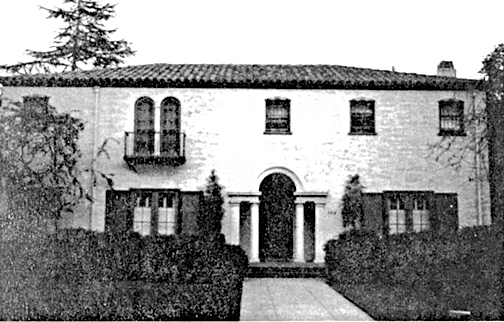 |
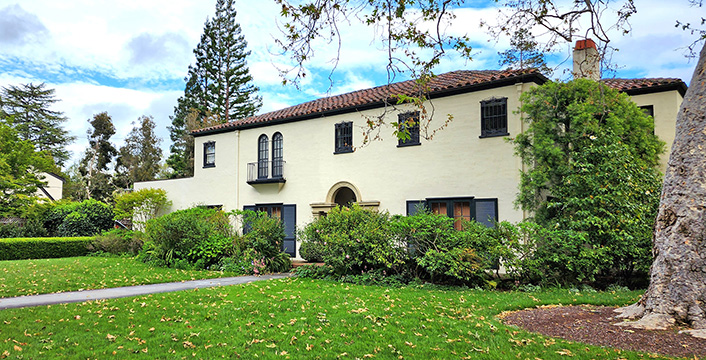 |
| Photo taken in 1978. | Photo taken Aprio 25, 2024 |
The following is from the Historic Buildings Inventory as revised in 1985:
This formal two–story stucco Mediterranean Revival house has a simplified planar facade composition with a recessed entrance area framed by a Palladian opening.
This is an unusually formal version of Mediterranean imagery, designed by a major local architect for the popular early Palo Alto contractor, Gustav Laumeister, who occupied it from 1923–1927. Born in 1865 at Mission San Jose, Laumeister worked as a carpenter and studied architecture in Alameda and Oakland before settling in Palo Alto in 1884. His Palo Alto buildings include many in Professorville, done in shingle style, the Leo and deForest homes on University Avenue, Castilleja School, and downtown, the Palo Alto Hardware and Thoits Shoe stores, and the Nevada Building. In 1919, he married Mabel Seale; they developed the South Court sub–division.
Following the Laumeisters were Lester L. and Frances P. Morse (1926–1954). Morse's father founded the Ferry–Morse Seed Co. at Santa Clara in 1877; his son succeeded him as company president.
From 1955–1960, the occupant was Edward P. Christiansen, who, with his sons, established Eaton's Creamery and the University Creamery. Later, he and his wife, Edith, owned Eddie's Coffee Shop.
During the 1920s, it was the home of Rockwell and Jessie Hollands. Hollands was responsible for public relations at Lockheed.
PAST photos taken August 24, 2012:
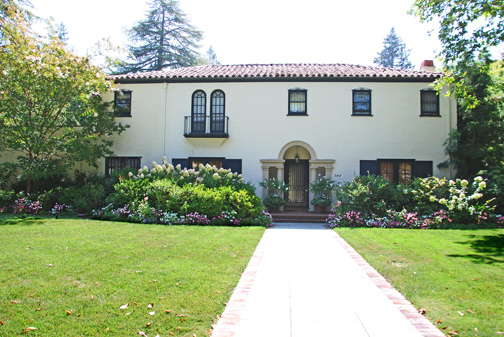
Location map from Inventory listing:
This house was built in 1923 and is a Category 3 on the Historic Buildings Inventory. The architect was Birge Clark. The builder was the Minton Co. Wells P. Goodenough was builder for the addition of servants quarters in 1926 and Henry B. Post for the second–story addition in 1929.
Location maps from City of Palo Alto Parcel Report:
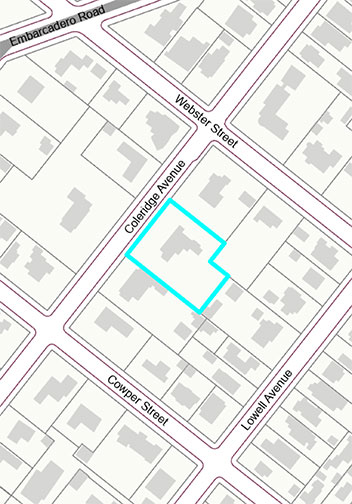
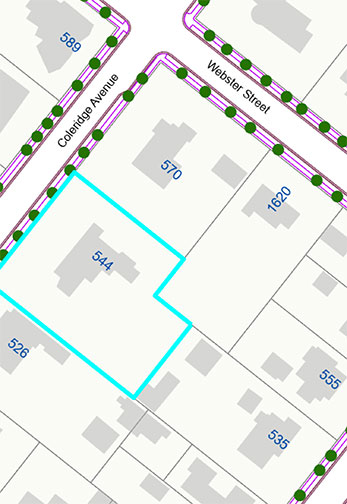
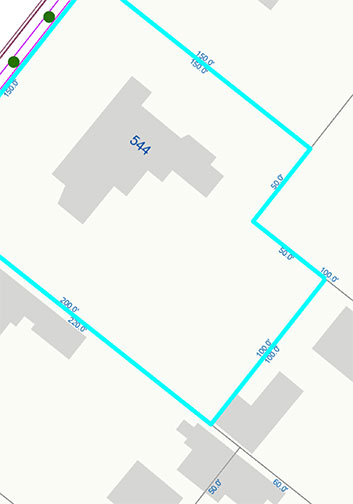
Sources: Palo Alto City Directories; Palo Alto Times 5/26/23, 6/6/23, 3/2/26, 5/9/29, 4/13/45, 6/28/46, 11/5/53, 1/24/55, 8/6/71, 11/29/76, Birge Clark Residential Inventory; San Francisco Chronicle 8/6/71
E-mail us at either webmaster@pastheritage.org or president@pastheritage.org.
![]() Palo Alto Stanford Heritage—Dedicated to the preservation of Palo Alto's historic buildings.
Palo Alto Stanford Heritage—Dedicated to the preservation of Palo Alto's historic buildings.
Copyright © 2015 – 2024 Palo Alto Stanford Heritage. All rights reserved.